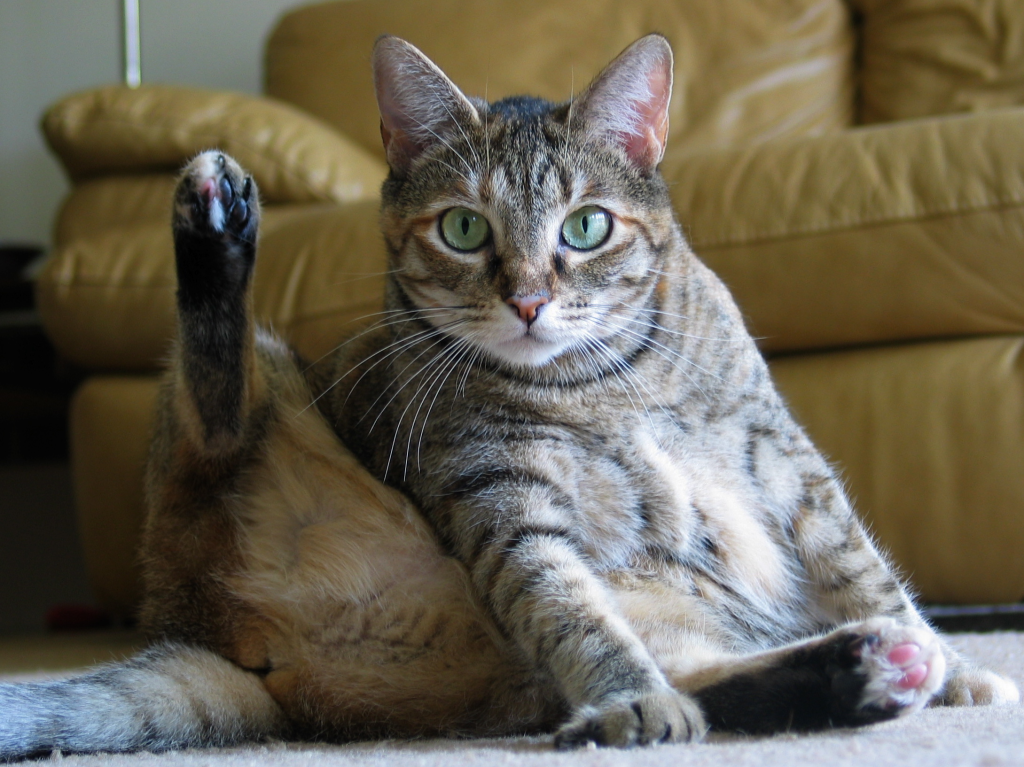
Introduction: Witnessing a beloved feline companion experience a neurological disorder can be a distressing experience for any cat owner. Just like in humans, cats can develop issues within their nervous system, leading to a range of symptoms. This comprehensive guide aims to shed light on neurological disorders in cats, including their causes, symptoms, diagnosis, and treatment options.
What Is a Neurological Disorder?

Neurological disorders in cats arise from disruptions in their nervous system, affecting various aspects of their bodily functions. This intricate system encompasses the brain, spinal cord, and nerves, which work together to facilitate communication within the body. When this communication is compromised, it can lead to a variety of problems, including seizures, gait issues, and paralysis.
Symptoms of Neurological Disorders in Cats:

A wide array of symptoms can manifest in cats with neurological disorders. Since cats can’t verbally communicate their distress, it’s crucial to be vigilant for physical signs of distress. Some common symptoms include:
- Seizures: Sudden, abnormal electrical activity in the brain resulting in loss of body control.
- Sudden Blindness: Occurring due to brain injury or other underlying neurological issues.
- Walking Difficulties: Including an unsteady gait or even complete inability to walk.
- Paralysis: Partial or complete loss of movement in various body parts.
- Muscle Twitching/Tremors: Subtle, involuntary muscle movements that may indicate a neurological problem.
- Rapid Eye Movements: Abnormal, involuntary eye movements known as nystagmus.
- Head Tilt: A sign of vestibular disease or inner ear disorder causing imbalance.
- Confusion: Sudden disorientation or behavioral changes.
Causes of Neurological Disorders:

Neurological disorders can be triggered by various underlying factors, including:
- Brain Tumors: Can lead to seizures, incoordination, blindness, and behavioral changes.
- Meningitis and Encephalitis: Inflammation of brain and spinal cord membranes, often due to infections.
- Vestibular Disease: Affecting the inner ear and causing vertigo, dizziness, and abnormal eye movements.
- Cognitive Dysfunction: Commonly seen in senior cats, resulting in memory and behavioral changes.
- Intervertebral Disc Disease (IVDD): Involves spinal disc inflammation or displacement, leading to pain and potential paralysis.
- Hyperesthesia Syndrome: Characterized by heightened sensitivity and sudden bursts of energy.
- Toxins: Certain poisons, pesticides, and chemicals can affect a cat’s nervous system.
- Infectious Diseases: Feline Immunodeficiency Virus (FIV), Feline Leukemia Virus (FeLV), and Feline Infectious Peritonitis (FIP) can cause neurological symptoms.
- Metabolic Diseases: Thyroid and adrenal gland disorders can lead to seizures and lack of motor control.
Diagnosing Neurological Disorders:

A thorough neurological evaluation conducted by a veterinarian is crucial for diagnosis. This may include:
- Reflex assessments
- Laboratory tests (blood count, chemistry, urinalysis)
- X-rays
- Advanced imaging (MRI, CT scans)
- Spinal fluid analysis
Treatment:

Treatment strategies depend on the specific diagnosis:
- Brain Tumors: Surgical removal, radiation therapy, or chemotherapy may be options.
- Seizure Disorders: Managed with daily medication.
- Meningitis and Encephalitis: Corticosteroids, antibiotics, and supportive care.
- Vestibular Disease: Address underlying causes, ear drops, and supportive care.
- Cognitive Dysfunction: Managed with medication and supplements.
- IVDD: Rest, anti-inflammatory drugs, or surgery as needed.
- Hyperesthesia Syndrome: Addressed with changes to reduce anxiety and sometimes medication.
Prognosis:

The prognosis for cats with neurological disorders varies widely based on the underlying cause and the chosen treatment approach. Some conditions can be managed effectively with treatment, while others may have more complex outcomes.
Prevention:

While not all neurological disorders are preventable, maintaining a healthy lifestyle, including a balanced diet and regular exercise, can contribute to a cat’s overall well-being.
Conclusion:
Understanding and addressing neurological disorders in cats requires vigilance, timely veterinary care, and a tailored treatment approach. By being aware of potential symptoms and seeking professional help, cat owners can ensure their feline companions receive the best possible care for their specific condition.



